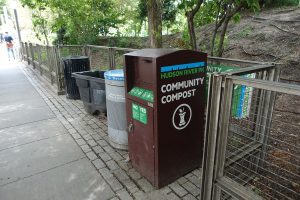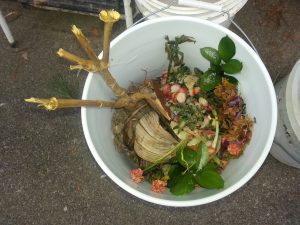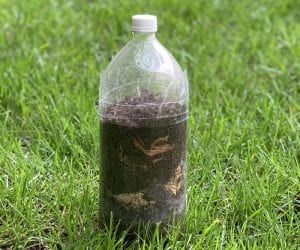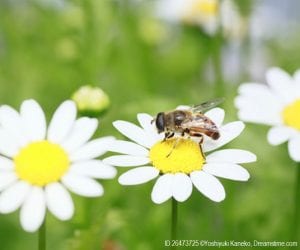In neighborhoods across the U.S., we are used to seeing houses put trash bins on the curb, often accompanied by recycling bins, and more and more we are seeing a third bin appear. Municipal composting programs are on the rise, increasing by 49 percent between 2021 and 2023. But, why the change? If organic waste breaks down on its own, why not continue to put it in landfills where it will eventually decompose?

What is Composting?
To get to the bottom of this change, it is helpful to first understand composting. Composting is the process of helping, or speeding up, the natural decomposition of organic materials. Organic materials that are able to break down to their most basic parts (water, carbon dioxide, and biomass) need a certain environment to do so. Separating these materials from other trash allows for appropriate conditions to be cultivated.
Composting Needs Air and Water
Organic waste needs air and sunlight to decompose and become healthy, useful soil. Organic trash in landfills decomposes without oxygen. When organic trash gets buried under all kinds of other waste, it is not exposed to air or sunlight, prohibiting the materials from breaking down in a way that is healthy for the environment. Just the opposite happens. When found in a landfill, the organic materials produce methane gas, a prominent greenhouse gas. So, in order for organic material to successfully decompose and become nutrient rich soil, oxygen must be present.
The microbes doing all the hard work in the compost pile need water in order to survive. If the pile gets too dry, the decomposition process will slow down. If it gets too wet, anaerobic bacteria, bacteria that do not need oxygen, begin to thrive and risk the compost putting methane into the atmosphere. The amount and frequency of water in landfills is not managed – another reason organic waste does not break down in a landfill.
Outside of the presence of air and water, compost also needs a balance of “browns,” “greens” and water. “Browns” are carbon-rich materials. That includes dry leaves, sticks, non-glossy paper, cardboard with no wax coating, and wood chips. “Greens,” on the other hand, are nitrogen-rich materials like fruit and vegetable scraps, grass clippings, crushed eggshells, and coffee grounds. A good mix of these, and the occasional watering of your compost, creates just the right concoction of dry and wet waste for the compost to thrive.

So, to answer our initial question: No, the food waste, yard waste, and other organic materials in landfills will not break down the way they would if composted.
Composting Becoming Popular
Now that we understand a bit more about compost vs the landfill, it might be easier to understand why compost bins are rising in popularity. It’s great to see so many people taking the environment into consideration in their daily lives! If you’re feeling inspired, check out this map of composting programs to see if there is one near you, or learn more about composting at home.
Composting for Elementary Students: Hands-On Lab Activity

In Scraps into Soil, students build compost bins in 2-liter bottles to compare the breakdown of organic and inorganic materials
It’s never too early to learn the ins and outs of composting, and even better when it’s hands-on. In the lesson Scraps into Soil, upper elementary students investigate which waste types are able to decompose naturally. With the class split into groups, students put one of the following materials into their “compost bin” (a milk jug): Yard trimmings, food scraps, un-coated paper products, and plastic products. Over the course of at least one week, students observe if and how different waste materials decompose. They practice creating the ideal conditions for compost: making sure the compost is just the right amount of damp and that the decomposing waste is exposed to air.
Download a free copy of the Scraps into Soil lesson plan now!
Image credits: Public compost bin (Tdorante10, CC BY-SA 4.0, via Wikimedia Commons); Compost bucket (Colorful compost bucket by Protopian Pickle Jar is licensed under CC BY-SA 2.0)



